Many trees need special care in the summer including extra water and proper pruning. Frontier Tree Service is here to help take care of all your tree needs. Whether you have one tree or a whole forest, our team of certified professionals is available for a variety of services.

Summer Fruit Tree Pruning
This is a great time of year for summer pruning on most fruit trees, especially fall-bearing trees like apples and pears. This helps to keep their shape and size at the level you desire. It also helps to remove excess fruit that the tree cannot support. This needs to be done in the next month before fruit production gets close to harvest.
Evergreen Pruning
Now is also the right time for pruning back broadleaf evergreens like rhododendrons, camellias and azaleas. They benefit from a hearty cutback from year to year. This will help set blooms for next year and will keep their size and shape neat and tidy.

- Tree Planting
- Ornamental Pruning
- Tree Removal
- Stump Grinding
- Cabling and Bracing
- Risk Assessment
- Emergency Services
Questions?
Contact us with all your tree questions and ideas. We are always available!
We’ve had a pretty dry year here in the Portland-Vancouver area. Here at Frontier, we are taking steps to save water and we recommend that you do the same. Here are our Top 10 Tips for saving water this summer.
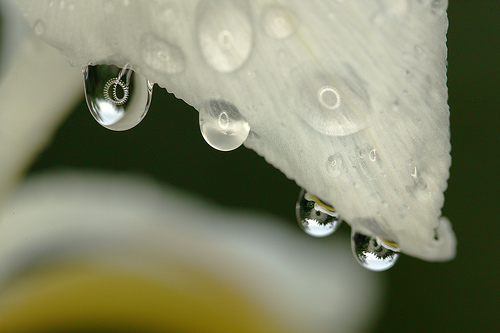
- Water when it’s cool
Save your watering chores for the evening or early morning. This reduces evaporation dramatically and helps plants stay more hydrated for longer. It also prevents any leaf burn that can happen when water droplets on foliage reflect sunlight.
- Only water at the roots
Keep your hose or sprinklers close to the ground. Plants drink water through their roots so there is no reason to ever water their foliage. By only adding water at the soil line, you will reduce waste via evaporation and increase water intake.
- Add mulch to planting beds
Mulch (in the form of bark chips, straw or yard clippings) will do wonders for saving water. Apply a thick layer of mulch to planting beds and around trees to keep them cool and lock in moisture. It slows evaporation and insulates against high temperatures. With the added bonus of keeping the weeds down!
- Keep your grass a little longer
The next time you cut your grass (or have it cut), consider raising the blade a bit. Keeping your grass a little longer will help preserve moisture and allow your water to go farther. Keep it long to keep it green!

- Water Deeply
Plants benefit the most from long, deep watering that are less frequent. We recommend watering most plants once or twice a week. New plants might need more but most established plants do well with that schedule. It even helps them by encouraging deeper root growth!
- Install Smart Irrigation
Irrigation has come a long way! Now you can go well beyond just a timer. Smart controllers have sensors that adjust for the weather and surrounding conditions to make sure plants only get water when they need it. Contact Frontier to talk about irrigation options.
- Consider drip irrigation
Drip irrigation consists of hoses (drip tape), with small holes at intervals, that lay right on the ground. The water drips out slowly onto the soil. This is a very efficient way to water plants because the water goes directly where it is needed.
- Water Twice a Week
We recommend watering no more than twice a week for lawns and established plants. The key is to water deeply each time. Lawns, trees, shrubs and established plants all do well with biweekly watering. Note: Areas with clay, sand, sloping yards etc may change how you can water your lawn and plants.
- Keep it Clean without Water
Avoid using water to clean off driveways and sidewalks. Use a blower or broom to save water and keep your spaces clean and clear. If you need a helping hand, the Frontier Maintenance team is ready!
- Amend your soil
Healthy, nutritious soil will hold water in proper amounts. If you have too much sand or (more likely) too much clay, plants can struggle to form healthy roots that take up the right amount of water. By adding compost and other amendments to your soil, you can increase the efficiency of your plants’ water intake.
Need more help with your landscape? Contact us today.
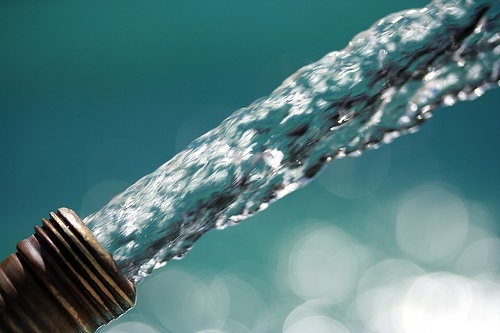
New trees and shrubs can be sensitive and will need a little extra TLC from you, after they have been planted. With a little nurturing at the beginning, most trees will take off and grow healthy and strong for years to come!
However, when trees are newly planted, the stress of the transition can cause them some shock which can lead to disease susceptibility, leaf loss and even death. So, to avoid those terrible fates, we have put together a list of helpful tips to care for new trees!
You can contact Frontier Landscaping with your questions and concerns, whether you want us to plant a new tree for you or help you take care of existing plants! Contact us here.
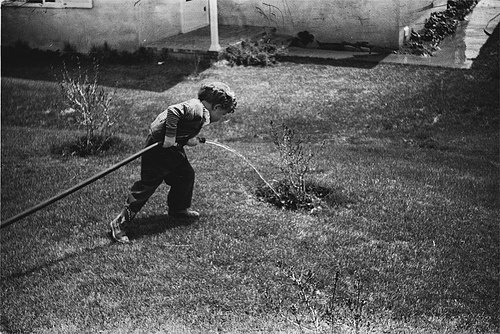
- Water plants deeply directly after transplanting. When we say deeply, we mean to keep a low steady flow of water aimed at plant roots for several minutes, until the soil seems saturated (if a puddle forms and doesn’t disappear in a few seconds, that is probably sufficient).
- Generally speaking, deep, less frequent watering is better than everyday sprinkles. This promotes deep root growth and can reduce water loss by evaporation.
- Most of our native soils are clay-heavy and absorb water at a slower rate. So we recommend giving trees a very slow flow of water to allow more to soak in.
- Mulch around the base of the trees to suppress weeds and trap in moisture. It also keeps the soil temperature at a more even keel. Just be sure not to pile the mulch right around the tree base- give it an inch or two to breathe.
- During the summer months, we recommend watering when temperatures are cool, either in the early morning or at night.
If you run into problems or questions, regarding watering, pest control or other concerns, contact Frontier Landscaping. We are happy to discuss it with you.
May showers bring…. June Pruning! With all the warm weather and rain we’ve been having, everything has been growing at top speed! Many trees and shrubs have been growing vigorously and have put on a flush of new growth so far this spring. It is time to slow that down just a bit. With regular summer pruning, you can help plants be their healthiest, whether that means setting the right amount of fruit or getting set up for proper blooming next year.
If summer pruning is not on your to-do list (or the job is just too big), call on the Certified Arborists and experts at Frontier to take care of it for you! Contact us here.
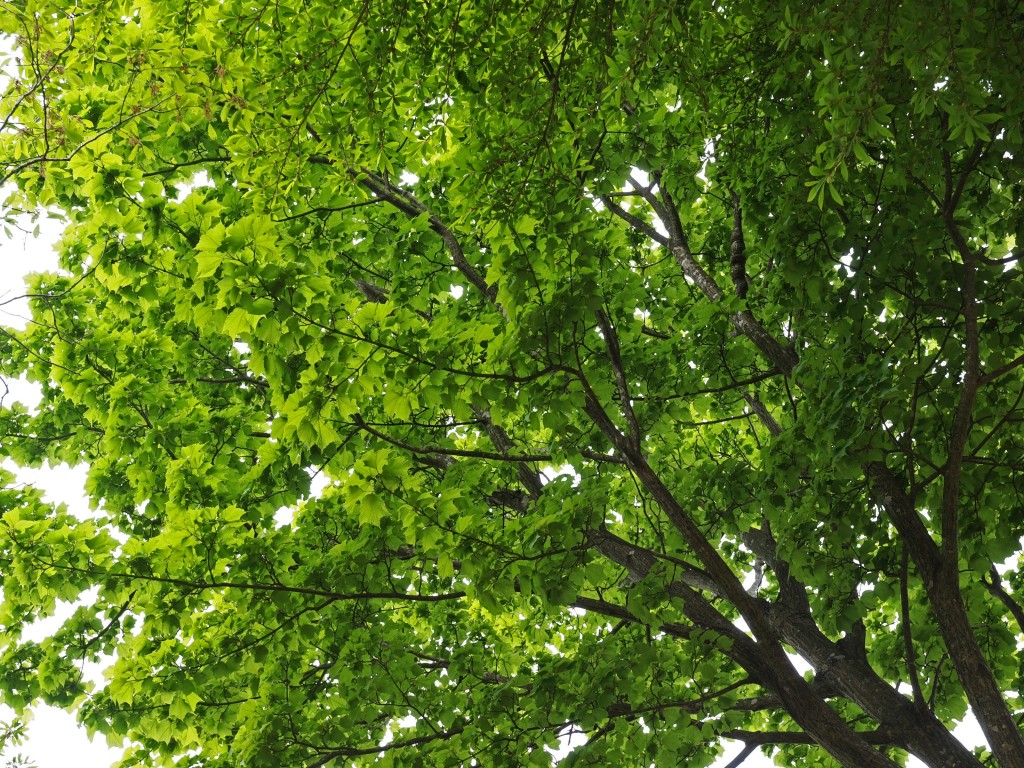
Summer Pruning Goals
Generally, summer pruning helps to reduce vigorous growth a little bit. We want to make sure the tree can direct energy towards fruit production and/or setting flowers for next year (depending on the type). This is also a chance to get rid of dead, diseased or unwanted plant material. Additionally, it is a time to make sure that there is proper air flow to the center of the tree or shrub (to help decrease fungal diseases) and to make sure that light can penetrate through.
Pruning Broadleaf Evergreens
We recommend pruning broadleaf evergreens (like rhododendrons and camellias) to increase strength for winter and to set flower buds for the following year. We do this in early to mid-summer to avoid any harm that can come from cold weather on fresh cuts. Wait until after blooming has finished then cut off dead flower heads and the rosettes of leaves just behind them. This will allow for new growth, while making the plant immediately more attractive. Older plants may need removal of deadwood and other shaping.
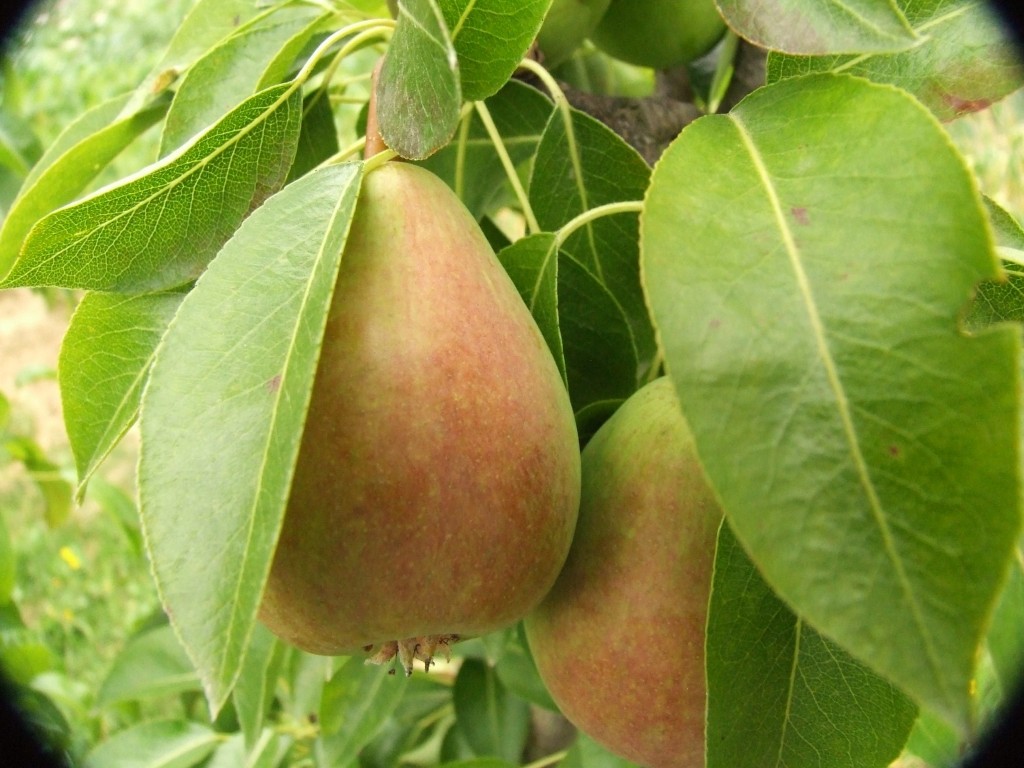
Summer Fruit Tree Pruning
We know that fruit tree pruning can be daunting because you don’t want to hurt the tree while it is producing. But a little summer haircut will increase healthy fruit production and help set the tree up for good growth in the future. The goal is to get light and air to the inside of the tree while channeling the tree’s energy into producing fewer, larger fruits, moving away from vigorous growth. Fruit trees are only capable of handling a certain fruit load so thinning can actually help you get a better crop of large, juicy fruit. Prune the center of the tree to keep in line with the shape that you want and allow for better air flow and light penetration.
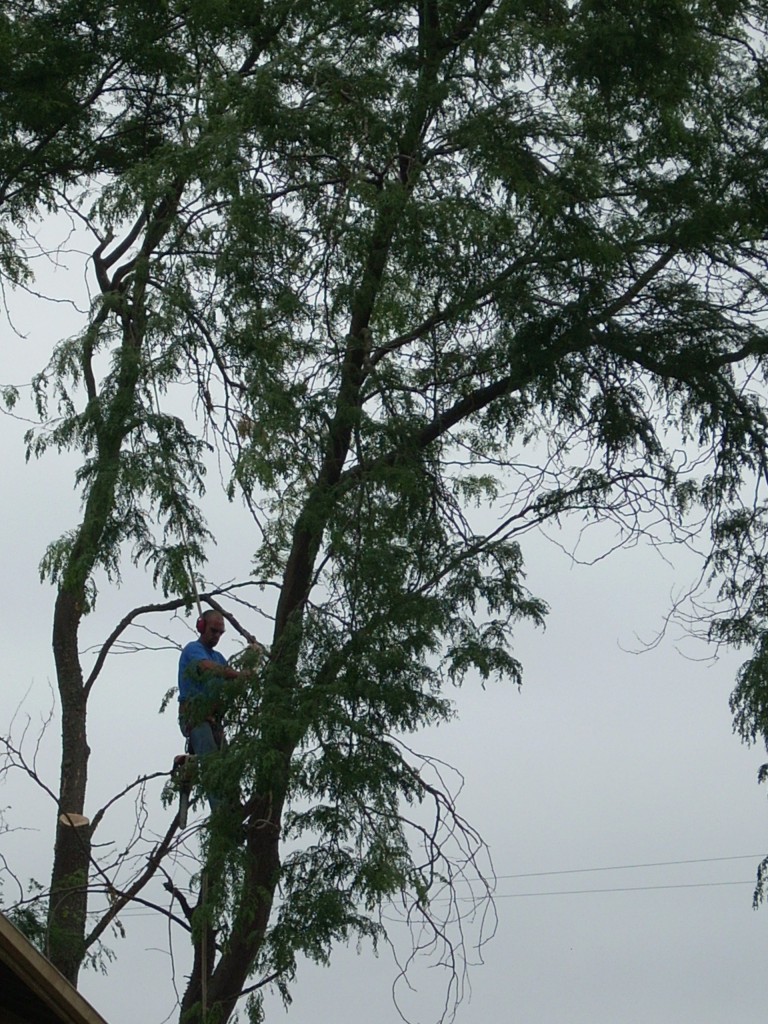
Hire a Certified Arborist!
If DIY is too daunting or you don’t have time, call on a Certified Arborist to take care of your summer pruning. The head arborist at Frontier Tree Service, Tim Walker, is a Certified Arborist and we will be adding another one very soon!
A Certified Arborist knows exactly what your trees need and can prune according to the season as well as your goals for your tree(s). We have years of experience and skills to do the job efficiently and effectively. Our certification process is updated continuously so we always stay current on best practices, latest innovations and other continuing education. The health of your trees is always our top priority.
New Tree Experts at Frontier!
We are pleased to welcome some new members to the Frontier team! Certified arborist and tree expert Joseph Thomas is joining our staff, along with his wife Celeste (formerly of Thomas Family Tree). The two of them have years of experience in the tree business and they know our area, climate and community very well. We are excited to have both of them on staff!
Northwest summers are as dry as our winters are wet. We have about three straight months of dry weather coming up and it’s time to get prepared. If you have irrigation or a sprinkler system, now is the time to make sure they are in tip top shape and ready to go (let us know if you need help). Whether you have a sprinkler timer or you water by hand, it can be good to get on a regular schedule of watering.
There are a few plants that will need extra care this summer. We wanted to give you a few tips for making sure the new, young tender plants in your yard survive the dry weather! Whether you had a landscape planting installed by our crew or planted them yourselves, they will need your care in order to thrive!
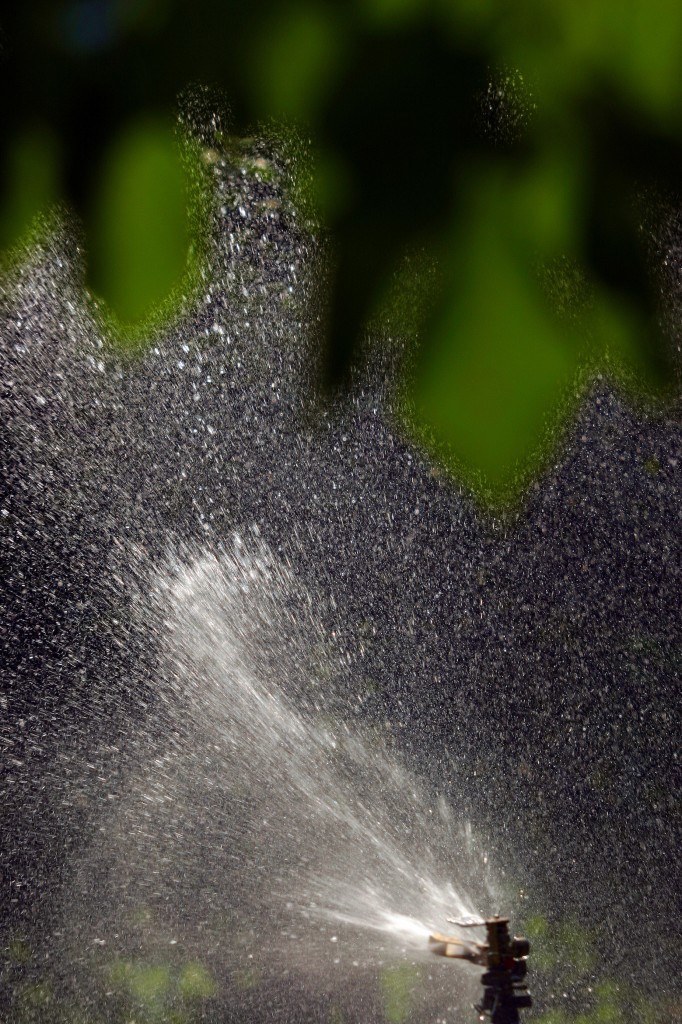
Tender new plantings: Newly planted trees and shrubs have been grown in ideal nursery conditions and will need to adjust to living outdoors in your landscape. They have been in a root ball or container their whole lives and will now spread out their roots and adapt to the soil in your yard. This process can be a little bit traumatic. So, we can help them adjust by giving them extra water throughout the summer months. Water deeply and heavily a few times a week, during hot weather, for the best results. Keep an eye on your plants for signs of stress or dehydration.

Young, shallow roots: Some young new plants have short, shallow root systems that haven’t fully developed yet. These plants will need more water than well-established shrubs or perennials. Anything you start from seed (vegetables or annuals) will need extra water while they are in the seed-to-seedling stage. Newly planted vegetable or flower starts also need frequent water to help them acclimate to the soil and get over the shock of being transplanted.
Once these plants have settled into their new homes and adjusted to the shock of being transplanted, they will need less frequent watering. In fact, infrequent but deep watering encourages plants to grow deeper roots and will increase plant health over time. However, in the beginning, it’s best to baby them just a little bit.
Happy summer, garden enthusiasts! We hope you had a happy 4th of July and are gearing up for summer vacations, swim trips, barbeques and other summer fun. We’ve got a few summer ideas to keep the landscape in good shape during the summer.
Keep it wet:

Summer is finally here and that means that Mother Nature’s sprinkler system has shut off for the next few months. It’s time for us to step in to water plants and preserve the health of our landscapes. Make sure your irrigation clocks are on and scheduled just the way you need it. If you run into issues with your system or need any repairs, you can contact us to come take a look.
If you do not have an irrigation system, just remembering to water your yard a few times a week during the cool of the day. Morning is the best time. Give the ground a good deep soak every time. This will keep you from having to water so frequently and it will encourage your plants to grow deeper roots, in search of water, as the soil dries out. Just don’t leave them without water for too long! If you go on vacation, make sure to have someone water the garden for you!
Fix it while it’s dry:
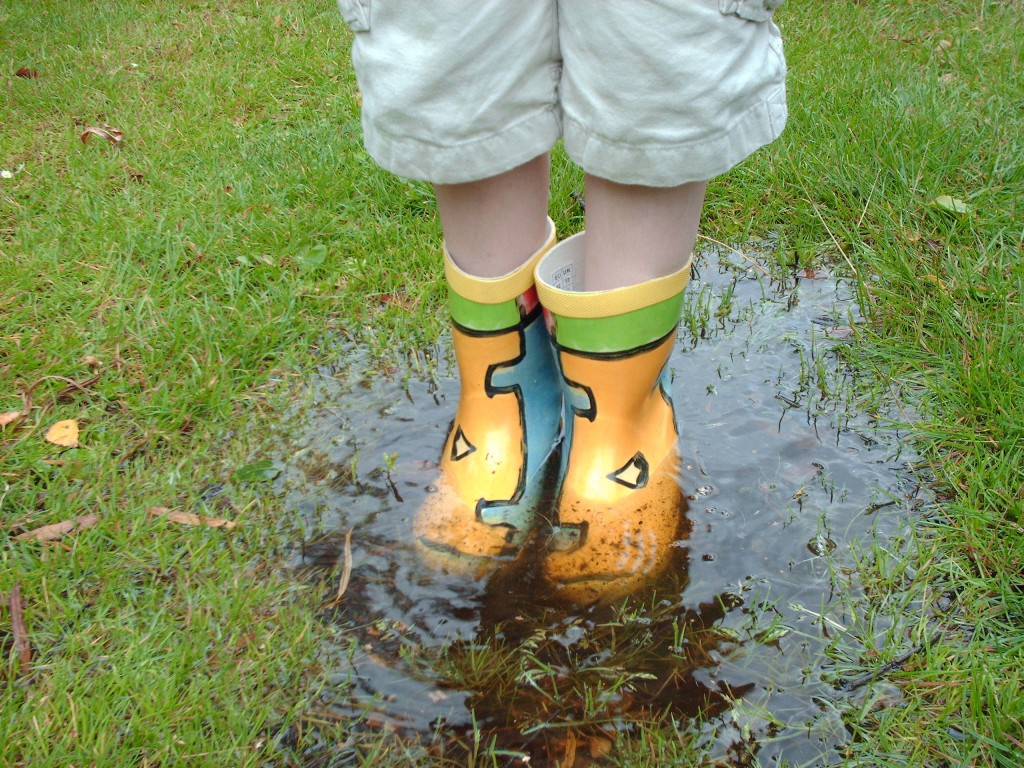
Since the soil is finally drying out, it’s the perfect time of year to take care of a wet problem area in your landscape. Do you have a soggy corner or an issue with drainage? Now is the time to do an overhaul of that area to fix the problem! Our landscaping team is fully equipped to help you solve these issues. We can work on repairing the soil, improving drainage, and replanting the area, whether it is part of your lawn or garden. We can recommend some plants that love wet soil, to help with issue, or we can come out and totally redo your lawn and drainage. Give us a call to discuss the possibilities! Let’s do it now, while the soil is dry!














